Goldman Sachs forecasts that the S&P 500 index will reach 6,500 by the end of 2025, representing an 11% increase from current levels. If this projection holds, it would place the return within the 46th percentile of historical 12-month gains for the index since 1980. This target is based on expectations of continued U.S. economic growth, 11% earnings growth in 2025, and a slight contraction in the forward price-to-earnings (P/E) ratio.
The investment bank’s outlook for the S&P 500 also anticipates that revenue growth will align with nominal GDP growth. Specifically, Goldman expects a 5% sales increase for the index, which is in line with their forecast of 2.5% real GDP growth and a slowdown in inflation to 2.4% by the end of next year.
Additionally, Goldman Sachs predicts that net profit margins will rise to 12.3% in 2025, with a further increase to 12.6% in 2026. The firm’s economic team also anticipates that the Trump administration will implement targeted tariffs on imported automobiles and some goods from China, as well as a 15% corporate tax rate for domestic manufacturers.
However, Goldman cautions that the equity market, which is already factoring in an optimistic macroeconomic outlook and high valuations, carries risks heading into 2025. The firm notes that elevated multiples could signal weaker short-term returns and double the potential for market declines during negative economic shocks. On the flip side, a more favorable fiscal policy mix or a dovish stance from the Federal Reserve could present upside risks.
In conclusion, while Goldman Sachs’ projection for the S&P 500 reaching 6,500 by the end of 2025 reflects a positive economic outlook driven by solid earnings growth, moderate inflation, and expanding profit margins, the firm also highlights potential risks. Elevated market valuations, combined with high multiples, could result in weaker short-term returns and intensify declines in the event of negative economic shocks. However, favorable fiscal policies or a more accommodative Federal Reserve stance could provide upside potential. Investors will need to weigh these factors carefully as they navigate a market shaped by both optimism and inherent risks.







